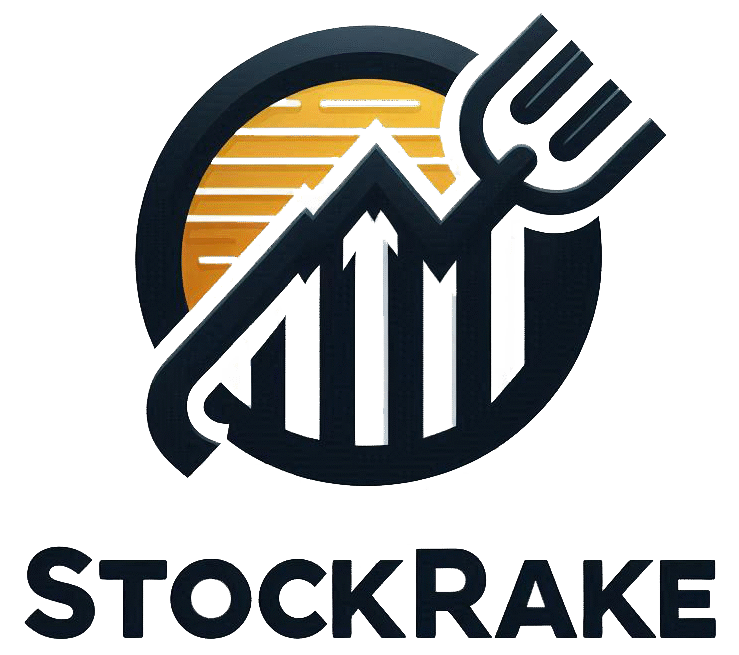You don’t need to start with a ton of money to build wealth. In fact, slow and steady really can win the race—especially when it comes to investing in the stock market.
If you invest just $100 every month for 30 years, you could completely change your financial future. The key is consistency and taking advantage of something powerful: compound interest.
What Is Compound Interest (And Why Is It So Powerful)?
People often call compound interest the eighth wonder of the world—and for good reason. When you invest money, your returns start earning their own returns. Over time, this snowball effect can lead to impressive results.

At first, most of your growth comes from your monthly deposits. But after a while, your earnings start building on themselves. By year 15, those returns are really working for you. And by year 30, your investment is growing much faster—thanks to the magic of “earnings on earnings.”
That’s why starting early is so important: it gives your money more time to grow.
Don’t Forget Dividends
Want to supercharge your results? Reinvest your dividends.
Let’s say you own $10,000 worth of stocks that pay a 3% dividend. That’s $300 a year. You could take that in cash—or you could use it to buy more shares. If you keep reinvesting, those new shares also start paying dividends, and the cycle continues.
Over 30 years, reinvesting dividends could help your original $10,000 grow into over $24,000, assuming a 6% annual return.
What Does This Look Like in Real Life?
Here’s a simple example. Let’s say you start with $100 and then invest another $100 every month for 30 years, with an average 6% return:

- Year 1: You’ve put in $1,300 → it could grow to $1,339
- Year 5: You’ve invested $6,100 → it could be worth $7,082
- Year 15: You’ve invested $18,100 → it could grow to $28,931
- Year 30: You’ve invested $36,100 → and it might grow to $98,026
That’s nearly triple your total investment, just by staying consistent and giving your money time to grow.
Bonus Tip: The Rule of 72
This simple rule helps you estimate how long it takes to double your money.
- At 3% returns → 72 ÷ 3 = 24 years
- At 6% returns → 72 ÷ 6 = 12 years
- At 9% returns → 72 ÷ 9 = 8 years
- At 18% returns → 72 ÷ 18 = 4 years
Even a small bump in return rate can make a big difference over time.

Also Read: What’s the Difference Between Technical and Fundamental Analysis?
How Have Stocks Performed Historically?
Looking at past performance can give us a rough idea of what to expect long term:

- S&P 500: ~10.5% annual return (since 1928)
- Dow Jones: ~9.7%
- NASDAQ: ~14% (since 1971)
But remember, the stock market doesn’t go up in a straight line. Some years are great, others not so much:
- Best year: +46.6% (S&P 500, 1933)
- Worst year: -47.1% (S&P 500, 1931)
- Most years fall somewhere between -10% and +30%
How Do Stocks Compare to Other Investments?
| Asset | Average Return |
|---|---|
| Stocks (S&P 500) | 10% |
| Corporate Bonds | 7% |
| U.S. Treasury Bonds (10yr) | 5% |
| Real Estate | 4.5% |
| Gold | 6.5% |
| Savings Accounts | 3.5% |
Stocks usually offer the highest returns, but they also come with more ups and downs. That’s why many experts suggest diversifying your investments across different asset types.

Also Read: Which Tech Stocks Have the Highest Growth Potential?
Three Growth Scenarios: What $100 a Month Could Turn Into in 30 Years
| Return Rate | Final Value | Total Invested | Total Gain |
|---|---|---|---|
| Conservative (3%) | $58,114 | $36,100 | $22,014 |
| Moderate (6%) | $98,026 | $36,100 | $61,926 |
| Optimistic (12%) | $308,197 | $36,100 | $272,097 |

Don’t Think You Can Spare $100/Month? Here’s How to Find It:

- Cancel a subscription or streaming service: save $15/month
- Bring lunch from home twice a week: save $40/month
- Lower utility bills with energy-saving habits: save $25/month
- Make coffee at home instead of buying: save $20/month
These little changes can free up $100 or more each month for investing.
Automate Your Way to Wealth
Want to make this even easier? Set it and forget it:
- Set up automatic transfers to your investment account
- Use your broker’s automatic investing and dividend reinvestment tools
- Take advantage of dollar-cost averaging by investing the same amount regularly
- Review and rebalance your portfolio once a year or after big market changes
A Few Things to Keep in Mind

1. Stock Market Ups and Downs
Markets go through ups and downs. It’s normal to see drops—even big ones—but staying invested for the long haul has historically paid off.
2. Inflation Matters
If inflation is 3% and your investment only earns 3%, your real return is zero. That’s why stocks, which tend to grow faster than inflation, are a good long-term bet.
3. Interest Rates
When interest rates go up, it can hurt company profits—especially for fast-growing companies. It’s something to watch if you’re investing for the long term.
4. The Economy Moves in Cycles
The economy goes through four phases: growth, peak, recession, and recovery. These cycles affect the market, but they’re normal—and they repeat over time.
5. Global Events Can Shake Things Up
Things like wars, pandemics, climate change, or major political events can impact markets. While you can’t predict these events, staying diversified can help you stay resilient.
6. Individual Companies Carry Risk
Every company has its own risks. That’s why it’s smart to own a diverse mix of stocks—or just invest in a broad index fund like the S&P 500.

Also Read: What Stocks Do Billionaires Keep Buying in 2025?
The Long-Term Winner? Stocks
According to research by Dr. Jeremy Siegel and Vanguard’s John Bogle:
- $10,000 invested in gold in 1810 would now be worth about $26,000
- The same amount in bonds would be worth $8 million
- But in stocks? That would’ve grown to $5.6 billion
More realistically, between 1980 and 2010:
- S&P 500 averaged 8.15%
- Dow Jones: 8.81%
- NASDAQ: 9.51%
- Bonds returned less than 3%
- Inflation averaged 3.3%
From 1985 to 2015, stock returns were even stronger.

